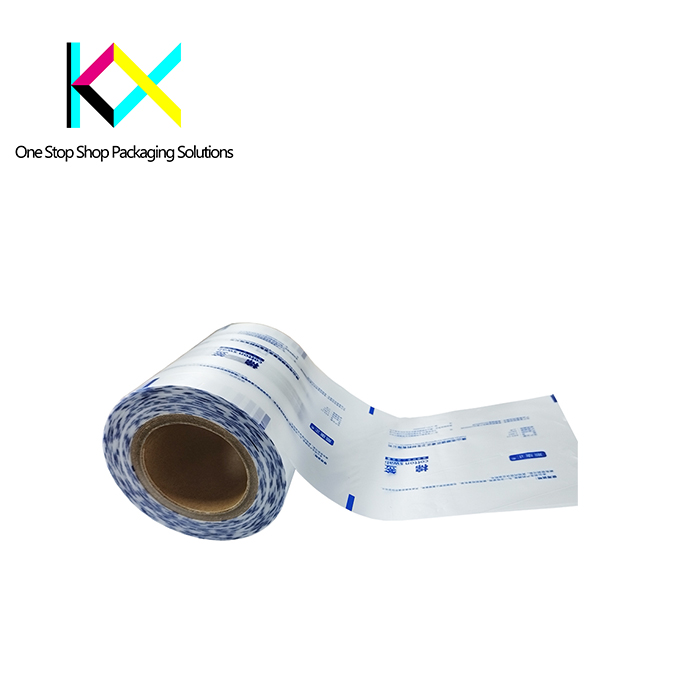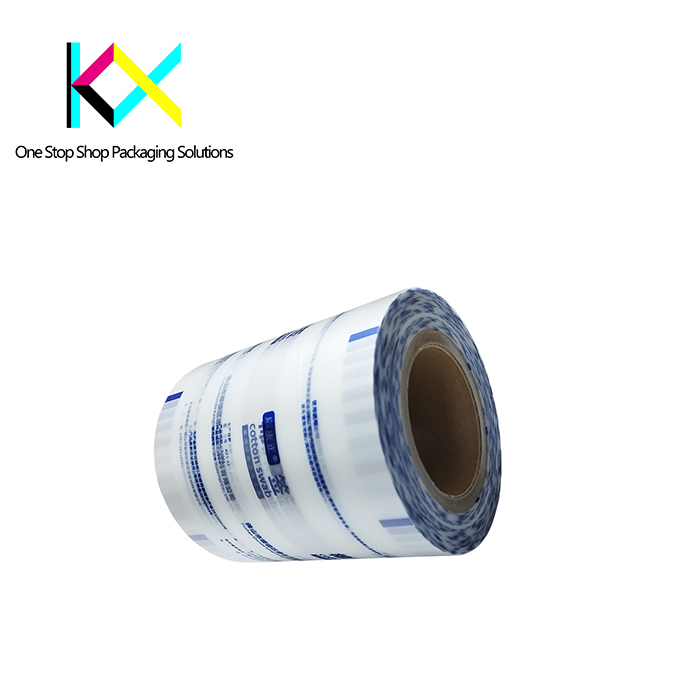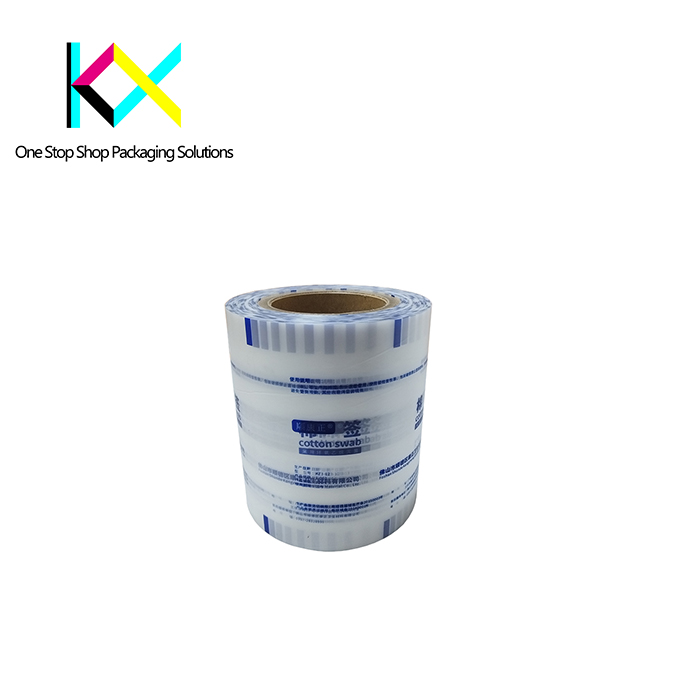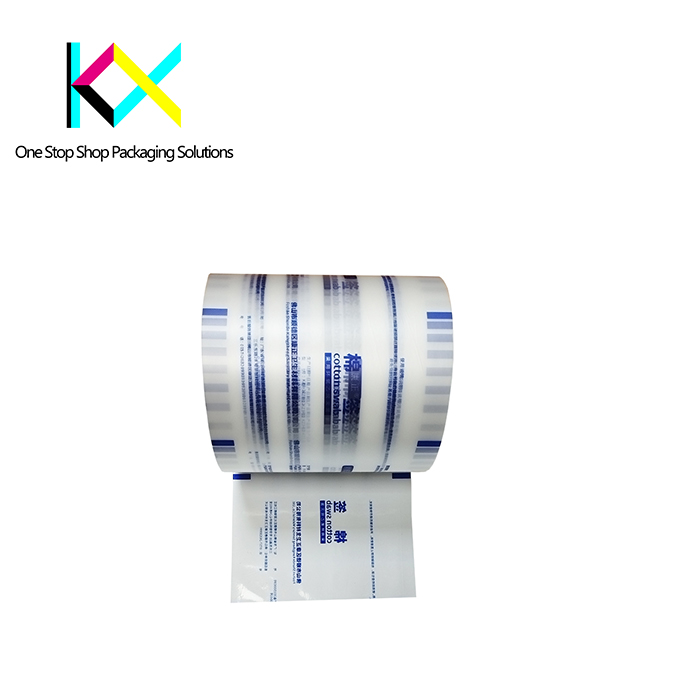The Precision Frontier: How Medical Device Packaging Innovations Are Safeguarding Global Health
In the high-stakes world of healthcare technology, medical device packaging has evolved from passive container to active protective system – becoming as critical as the devices themselves. These sophisticated barrier solutions now integrate material science, traceability technology, and sustainability imperatives to meet unprecedented challenges: 47% of device recalls stem from packaging failures (FDA, 2023). Simultaneously, advancements in printed film roll technologies are revolutionizing how we communicate vital information while maintaining sterile integrity across global supply chains.

1. Sterilization Science: Engineering Impenetrable Barriers
Beyond Basic Pouch Protection
Modern medical device packaging achieves microbial security through nano-scale innovations:
Multi-Layer Coextrusions: 13-micron films combining PET, nylon, and proprietary sealants with 0.001% pinhole incidence
Accelerated Aging Simulation: Predictive modeling validating 5-year shelf life in 90 days
Sterilization-Specific Formulations: Ethylene oxide (EtO)-resistant inks surviving 60-minute cycles at 55°C
Peel Force Precision: Laser-tuned seal strengths between 2.5-3.5N/15mm for fail-safe opening
Johnson & Johnson’s cardiovascular division reduced packaging-related recalls by 78% after adopting printed film roll materials with ceramic-coated surfaces that repel biological contaminants at the molecular level.

2. Intelligent Identification: The Printed Revolution
Where Compliance Meets Connectivity
Printed film roll technologies now embed critical data within packaging substrates:
| Function | Technology | Impact |
|---|---|---|
| Counterfeit Prevention | Quantum-dot taggants visible only under UV | 100% authentication accuracy |
| Traceability | Micro-perforated LOT codes readable after sterilization | Meets UDI Phase III requirements |
| Sterility Assurance | Chemical indicators printed with cobalt-free inks | Real-time steam penetration verification |
| Surgical Integration | AR-targeted graphics demonstrating device assembly | 40% reduction in setup errors |
Becton Dickinson’s syringe packaging incorporates conductive ink circuitry that:
✓ Verifies seal integrity via embedded sensors
✓ Activates video tutorials when scanned
✓ Logs temperature excursions in blockchain

3. Sustainability Without Compromise
The Circularity Challenge in Regulated Environments
Medical device packaging pioneers closed-loop solutions within strict biocompatibility constraints:
Material Innovations
Recyclable mono-material PP replacing PET/foil laminates
Plant-based PLA films for non-implant devices
Upcycled ocean plastics in transport packaging
Process Revolution
Waterless flexographic printing reducing VOC emissions by 92%
Digital asset management eliminating film changeover waste
AI-driven nesting algorithms cutting film usage 18%
End-of-Life Breakthroughs
Philips’ hospital take-back program converting used printed film roll waste into non-woven PPE
DuPont’s TerraCycle partnership creating playground surfaces from sterile barrier systems
STERIS’s reusable container systems achieving 200+ sterilization cycles

4. Global Supply Chain Armor
Protecting Devices from Factory to Frontline
Next-generation medical device packaging withstands extreme logistics:
Physical Protection
-
Multi-axis cushioning analytics mapping 80G impact thresholds
-
Static-dissipative carbon nanotube coatings
-
Phase-change materials maintaining 2-8°C for 120 hours
Sterility Maintenance
-
RFID-enabled time-temperature indicators
-
Peelable outer layers retaining cleanliness during storage
-
Hermetic seal verification using laser acoustics
Compliance Architecture
-
Region-specific labeling on single printed film roll substrates
-
Automated translation matrices for IFU documentation
-
Tamper-evident patterns meeting 21 CFR Part 11
Siemens Healthineers reduced damaged shipments by 63% using packaging with hexagonal air-cell structures modeled after beetle exoskeletons.
5. The Intelligence Frontier
Where Packaging Becomes Predictive Partner
Emerging technologies transform printed film roll materials into responsive systems:
Active Monitoring
-
Printed graphene sensors detecting oxygen ingress below 100 ppm
-
pH-reactive indicators signaling compromised sterility
-
Self-decontaminating copper nanoparticle coatings
Supply Chain Integration
-
Blockchain-enabled material provenance tracking
-
Machine-learning algorithms predicting delivery risks
-
Digital twins simulating distribution hazards
Manufacturing 4.0
-
Robotic thermoforming with 0.15mm tolerance precision
-
AI-driven defect detection at 200m/min production speeds
-
3D-printed tooling reducing changeover to 15 minutes
The Critical Shift
Medical device packaging has transitioned from cost center to value driver through:
-
99.999% sterility assurance rates exceeding ISO 11607
-
$2.3B annual recall cost avoidance industry-wide
-
45% reduction in environmental footprint since 2020
Regulatory tailwinds accelerate adoption:
-
EU MDR Article 15 mandates device/packaging validation equivalence
-
FDA’s UDI Phase III implementation deadline (2024)
-
China’s GB/T 19633.1-2025 standards
The future belongs to intelligent printed film roll systems that don’t just protect devices but:
-
Predict shelf-life expiration
-
Guide surgical procedures
-
Self-validate sterility
-
Regenerate into new packaging
As Medtronic’s recent $300M sustainable packaging initiative proves, the sterile barrier system has become the most critical component in healthcare’s value chain – where failure isn’t an option, and innovation saves lives.
You can visit our website to know more about our flexible packaging pouch:




